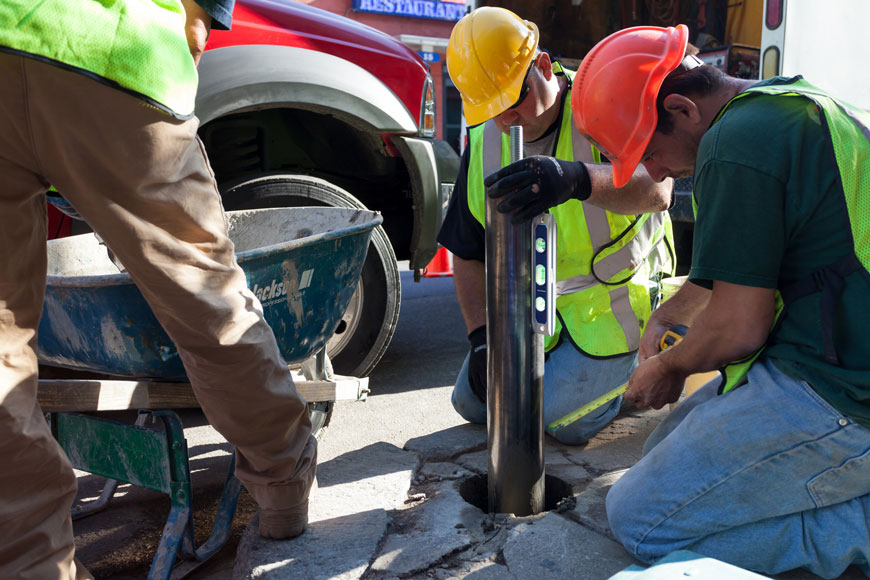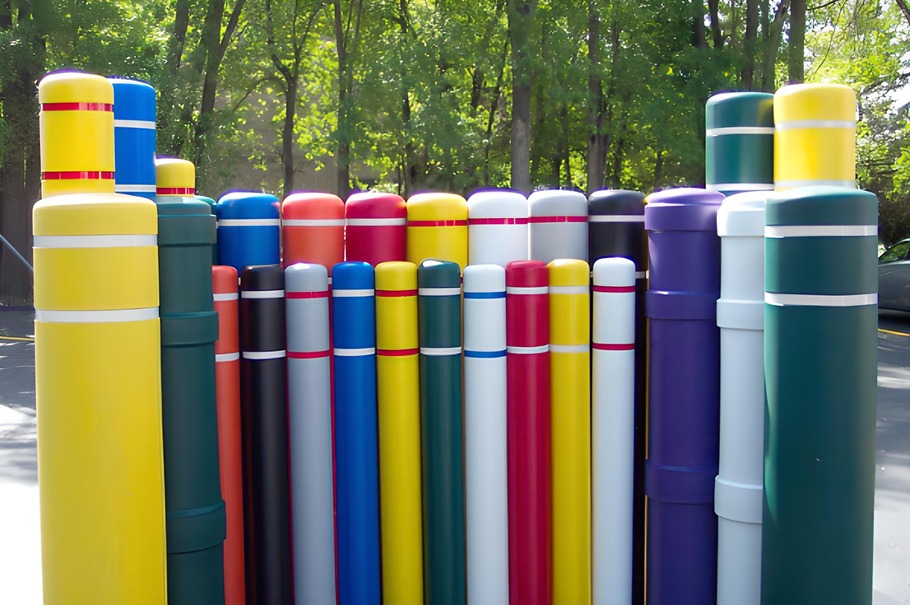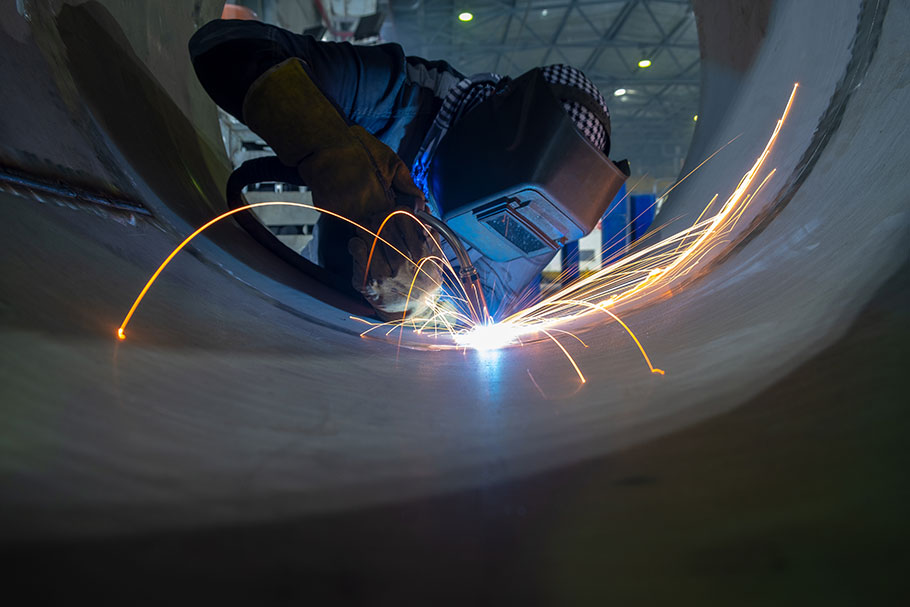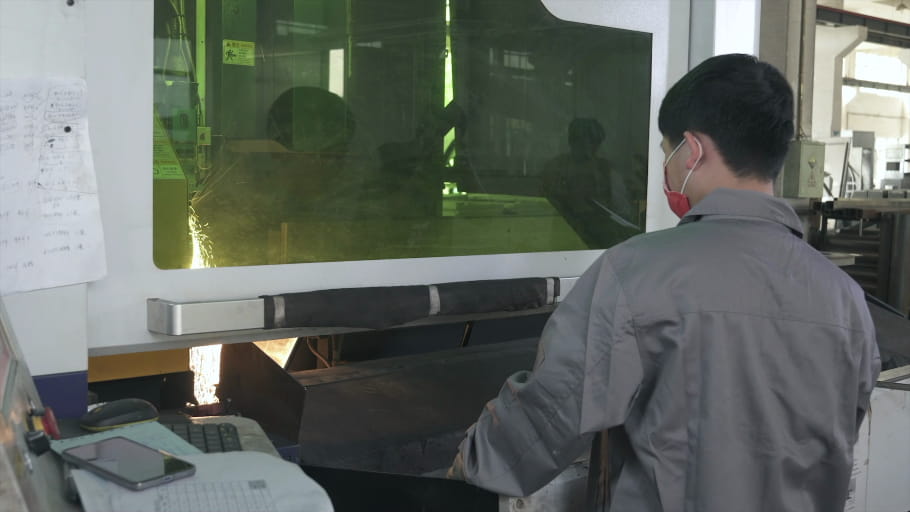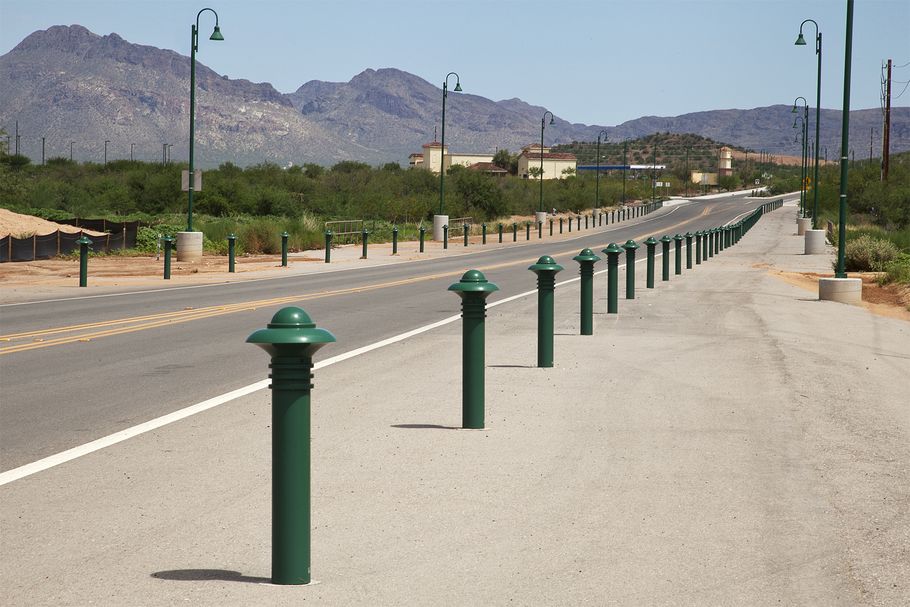Dive deep into surface, inclusion, molding, pouring, and cooling defects
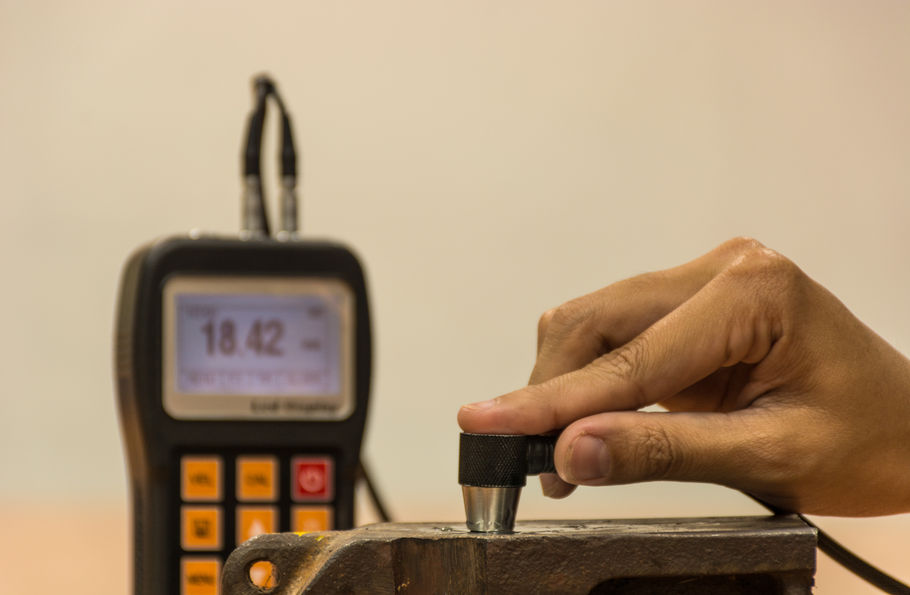
Metal casting in foundries is a complex process. Testing methods are in place to help inspect castings for quality assurance. These inspection methods help identify potential casting defects. Like other manufacturing processes, casting is vulnerable to several types of defects, whether it’s sand casting or lost-wax casting. Defects in casting represent unwanted abnormality in the metal casting manufacturing process. The different types of defects include surface defects, inclusion defects, molding and pouring defects, and cooling defects.
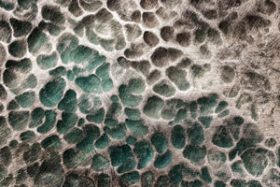
Surface defects
Surface casting defects are visible to an inspector. These include very rough or uneven surfaces; “veins” or “rat tails” caused by cracking of the mold at high temperatures; “elephant skin,” which is puckered due to quick cooling; burned sand; and stripping defects. Stripping defects are flakes of metal on the surface caused by gas being trapped in the mold.
Inclusion defects
Slag inclusion
Slag inclusion is a defect where non-metallic materials create pockets or ribbon-like entrainments in the casting. Slag is an important part of the melting process in the furnace, necessary for good quality castings, as chemical processes in silica and calcium-based slags change the viscosity of the metal. During pouring, however, the foundry worker must keep slag out of the mold itself. Just before pouring, slag is often skimmed, but not all the slag is be captured at this stage. The sprue or gates of the mold also need to be formed to capture it. Failures at any step in this process may allow slag to contaminate the metal. Further, oxidization of the metal can be a problem for metals that have stayed at high temperatures a long time; slag can form inside the mold. Oxides are not the only slag: carbides, sulfides, or nitrides can also be at fault.
Sand inclusion
Sand inclusion is very common. It is expected in small quantities at surface depths for all sand castings. However, too much sand inclusion can ruin a casting. In this defect, sand from the mold gets trapped in the metal.
If there is a lot of sand inclusion at the surface, it might indicate the need for a mold wash, or a different molding system. In foundry sand that has been baked for stability, perhaps the mold spent too long in the oven and became fragile. Perhaps a better choice would be no-bake molding or an investment casting. This defect may also suggest there was not enough binder, or not the right kind of binder, to create a strong shell. Another possibility is that the sand was insufficiently packed.
Molding and pouring defects
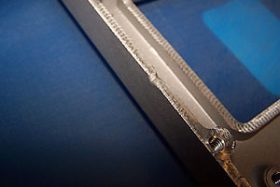
Underpour or misrun defects
These casting defects happen when not enough molten metal has been introduced to fill the mold. Sometimes, open risers are used to judge when a mold is full: if they are misplaced, the casting might be short poured. Sometimes, misruns are caused by early freezing during the pour. In misruns, some part of the casting is incomplete, usually with a rounded edge where the metal froze before it reached the mold’s wall.
Raised mold or floating core defect
This type of defect will cause the casting to have the wrong dimensions. Molten metal exerts pressure, and if the core is not stabilized or mold properly clamped down, they can lift, deforming the casting.
Flashing defect
Flashing at joins is common in castings but must be removed. Flashing is a thin skin created when liquid metal seeps between closed joints on the mold. If there is instability in the mold, flashing can be bad enough to deform the casting.
Mold mismatch or mold shift defect
This can happen if the cope and drag, or top and bottom of the mold are misaligned when it is closed. The resulting casting is often comical, as the top and bottom parts of the mold are askew.
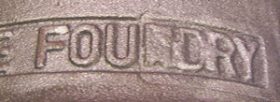
Sand instability defect
Sand instability, insufficient packing, or issues with the foundry sand mixture can cause a loss of detail on a casting. This issue can affect fine details, like letters or decorations, or can lead to wavering edges over the whole casting.
Cold lap or cold shuts
These happen when the temperature of the mold or of the molten material is too low. Rather than flowing quickly throughout the mold, part of the stream of metal slows and begins to harden. This freezing bulge becomes an obstacle that the rest of the metal eddies around: like a rock in the river, there is often a disturbance on the down-stream side of the obstacle. The visible round lip of the cold lap creates a permanent discontinuity in the surface of the casting. This defect is visible on the surface, and sometimes is small enough to be ground or filled, but a cold shut or lap can go deep enough to threaten the structural integrity of the casting.
Cold shots
Cold shots are similarly caused by the premature freezing of some of the metal. They look like little iron balls or teardrops that are held, suspended, in the material around them.
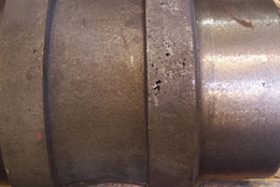
Pinholes and blowholes or gas porosity
This can be caused by gas in the mold pushing through the molten metal leaving voids or bubbles as it cools. Trapped gas can be caused by the conditions of the mold, if it’s not porous enough to allow gas escape. Rusty, hydrogen rich charges of scrap metal are more likely to cause pinhole defects as they bring more hydrogen with them. Gas porosity is different than shrinkage porosity, although both leave small holes in the casting and can be found in the same piece of metal. Gas porosity tends to leave regular, bubble shaped pinholes near the top of the mold.
Cooling defects
Shrinkage porosity
Shrinkage porosity is caused by insufficient volume of metal in the mold. As the metal cools and shrinks, small holes are left behind throughout the casting. These holes are usually jagged, in comparison to the smooth floating pinholes caused by gas.
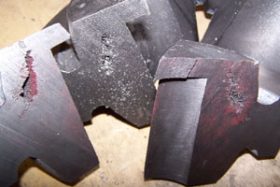
Shrinkage cavities
These are like shrinkage porosity in that there is not enough metal to fill the space as the casting cools and shrinks. However, this defect tends to be a more serious structural issue. Often, these shrinkage cavities will appear like large, ragged crevices in the center of a volume of metal. Castings cool from the outside in, and so the cavity can form in the last place to cool. That is not universally the case: shrinkage depressions visible on the outside of the casting can appear depending on the infrastructure of gates, runners, and risers supporting the casting. These depressions are not normally jagged or open, but rather places where the metal seems sunken compared to the intended shape. An object suffering from a lot of shrinkage might be fixed by changing the casting design, by tapering walls and smoothing corners, placing additional risers in the pattern, or by changing where the gates emerge.
Chilling defects
Chilling casting defects may happen if the mold is too cool, or the casting is removed too quickly from the sand. Rapid freezing can cause the surface of castings to become extremely brittle, as though they’d been air quenched. When the defect is mechanical but not structural, annealing the casting may be able to save it, by removing the brittleness through heat treating.
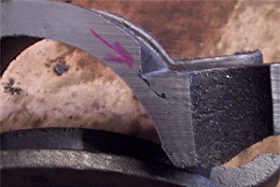
Hot tears or cracks
Hot tears or cracks can also arise in too rapid cooling. These are akin to shrinkage cavities but are more ribbonlike voids in the metal caused by rapid shrinkage. Castings with hot tears or cracks will underperform mechanically.
Cooling deformation
This is a common defect in very long, thin castings, but can happen in other shapes too. In this defect, the metal casting warps away from its intended shape during cooling, causing it to be outside of specified tolerances.
Inspection
Dimensional tolerance or surface finish problems can often be seen with visual inspection and measurement. Tests for mechanical properties can also be done simply. Some of the other problems, like porosity and shrinkage cavities, are internal to the casting. Testing methods are available to catch internal problems so that a casting doesn’t unexpectedly fail under load.
Should you have any questions or inquiries related to casting services or projects, please reach out to our knowledgeable sales staff.



